This is one of the new regulations on financial regime for credit institutions, foreign bank branches and financial supervision, evaluation of the efficiency of state capital investment in credit institutions with 100% state-owned charter capital and credit institutions with state capital. This regulation takes effect from August 1.

There are currently three credit institutions in which the State holds from over 50% to under 100% of charter capital, including: Joint Stock Commercial Bank for Foreign Trade of Vietnam (Vietcombank) with an ownership ratio of 74.8%; Joint Stock Commercial Bank for Industry and Trade of Vietnam (VietinBank) with a ratio of 64.46%; Joint Stock Commercial Bank for Investment and Development of Vietnam ( BIDV ) with a ratio of 81%.
These banks are only allowed to pay dividends in shares when they simultaneously meet two conditions: being classified by the State Bank as level B or higher for 3 consecutive years before the dividend payment and maintaining a bad debt ratio below 3%.
In addition, the payment of dividends in shares applied to credit institutions operating effectively is assessed based on the criteria of state capital investment in enterprises. Along with that, the payment of dividends in shares must also be agreed upon by the State Bank with the Ministry of Finance before being submitted to the Prime Minister for consideration and approval in principle.
Dividends may be paid in cash or in shares. In case of cash dividends, the profit portion corresponding to the State capital contribution in the credit institution must be paid into the State budget according to the provisions of law.
Regarding profit distribution for credit institutions in which the State holds more than 50% to less than 100% of charter capital, the regulation clearly states that the remaining profit of the credit institution after offsetting the previous year's loss according to the provisions of the Law on Corporate Income Tax and paying corporate income tax, will be distributed in order.
First, the profit is distributed to the associated capital contributors (if any), followed by compensating for losses from previous years that have expired. After that, the credit institution must allocate 10% of after-tax profit to the reserve fund to supplement charter capital, with the maximum limit not exceeding the charter capital.
The remaining profits will continue to be distributed to the following funds: Financial reserve fund (maximum 10%, not exceeding 25% of charter capital); Development investment fund (maximum 25%, not exceeding charter capital); Employee bonus and welfare fund, and manager bonus fund according to current regulations. After completing these provisions, the credit institution will be considered for dividend distribution.
The assessment and classification of credit institutions is based on 5 criteria: Revenue; profit after tax and profit margin after tax; bad debt ratio and debt ratio with potential loss of capital; compliance with tax laws and other budget revenues, regulations on financial reporting and reporting for financial supervision; implementation of public products and services (if any).
With the bad debt criteria, a credit institution is classified as A if its bad debt ratio is below 3% and its debt ratio with the possibility of capital loss is below 2% of the total outstanding debt. If the bad debt ratio exceeds 3.5% or the debt ratio with the possibility of capital loss exceeds 2.5%, or if these two ratios exceed 110% of the plan, the institution is classified as C. The remaining cases are classified as B.
Source: https://hanoimoi.vn/ngan-hang-duoc-chia-co-tuc-bang-co-phieu-neu-no-xau-duoi-3-706682.html



![[Photo] General Secretary To Lam receives Chairman of the National People's Congress of China Zhao Leji](https://vphoto.vietnam.vn/thumb/1200x675/vietnam/resource/IMAGE/2025/8/31/5af9b8d4ba2143348afe1c7ce6b7fa04)
![[Photo] The first meeting of the Cooperation Committee between the National Assembly of Vietnam and the National People's Congress of China](https://vphoto.vietnam.vn/thumb/1200x675/vietnam/resource/IMAGE/2025/8/31/f5ed4def2e8f48e1a69b31464d355e12)
![[Photo] Marching together in the hearts of the people](https://vphoto.vietnam.vn/thumb/1200x675/vietnam/resource/IMAGE/2025/8/31/8b778f9202e54a60919734e6f1d938c3)
![[Photo] National Assembly Chairman Tran Thanh Man welcomes and holds talks with Chairman of the National People's Congress of China Zhao Leji](https://vphoto.vietnam.vn/thumb/1200x675/vietnam/resource/IMAGE/2025/8/31/9fa5b4d3f67d450682c03d35cabba711)








































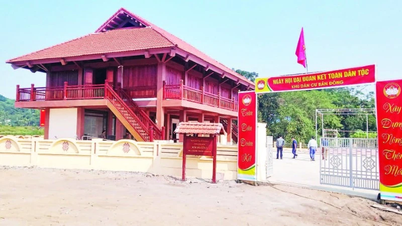










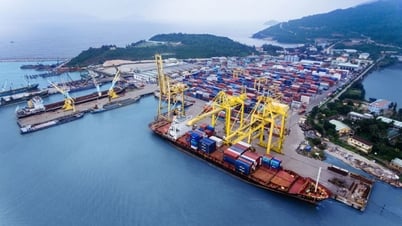










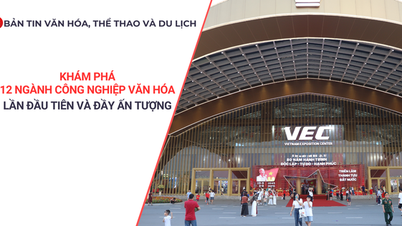





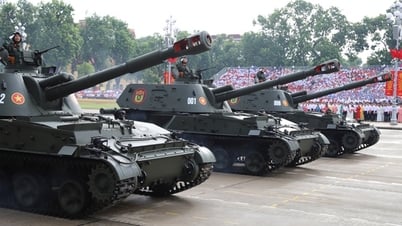










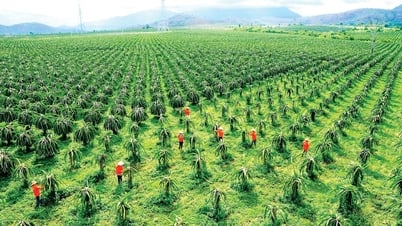








Comment (0)